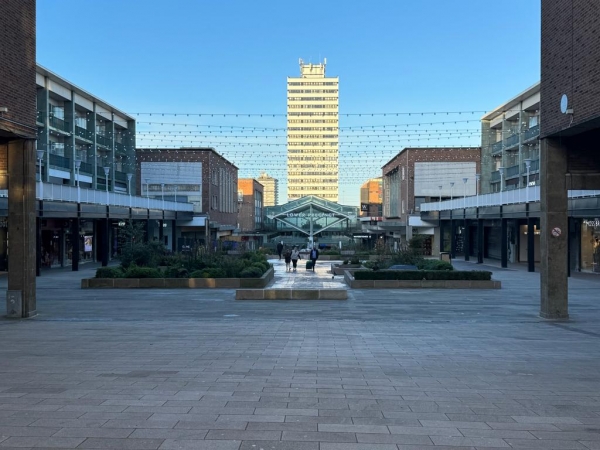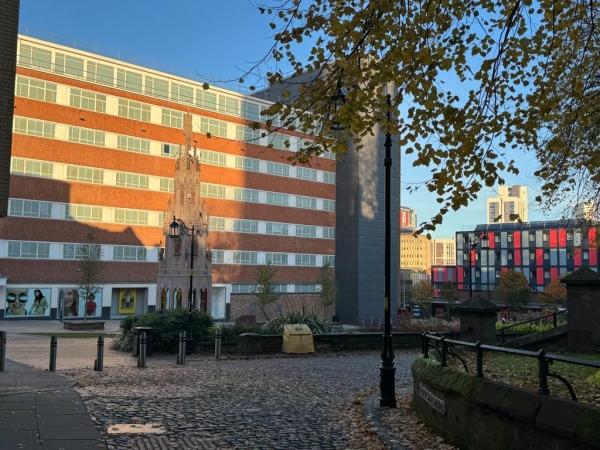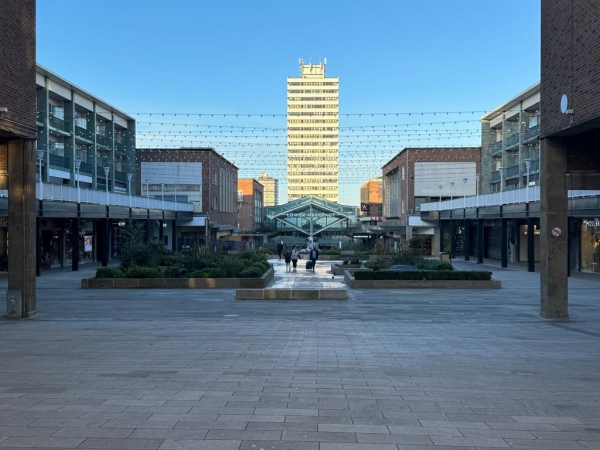Over the last few years, Coventry has experienced no short of a boom in the co living market, as more and more people, ranging from students to working professionals, are opting to live in this way. In the last 4 years, the shared accommodation sector has trebled according to Savills, which is unsurprising as costs have continued to rise, encouraging people to find more affordable solutions. Today, we’ll explore this growing trend in Coventry, which is becoming an increasingly popular choice for many and its impact on the current and future housing market.
Being home to two major universities, Coventry University and University of Warwick, there is a prominent and growing student population in the city. Places, such as Coventry, with a large population of academics often drive the demand for affordable and flexible housing options, making shared living an attractive choice for students, rather than traditional housing options which tend to be more expensive. With often shared utilities and amenities, tenants tend to find that their monthly expenses are largely reduced, and this has likely contributed to the growing interest from working professionals, to enjoy a simple living experience that doesn’t break the bank.
As a hotspot for student occupation and lifestyle, there are many purpose-built shared accommodations that offer them privacy and the benefits of communal living, like fully furnished rooms and included bills, making for comfortable and convenient living. In addition to this, living with others has plenty of social benefits, allowing those who may be coming from another city or country to easily integrate and create connections, which is another appealing factor.

Despite plenty of these types of accommodation dotted all over the city, the prime location for co living can be found in Coventry’s city centre, near to the major educational institutions such as the University and Coventry Central Library. Not only are these located in town, but there is an abundance of public transportation, entertainment venues and activities and essential amenities, with places like West Orchards Shopping Centre and Lower Precinct at your doorstep.
Though not immediately obvious, there is a strong emphasis on sustainability in this fashion of living – the shared kitchen facilities, potentially shared bathrooms and utilities lead to better energy efficiency and reduced overall energy consumption compared to separate households. These forms of accommodation are often located in areas with good access to public transportation, reducing the need for car ownership as residents rely more on walking, cycling, or public transit, which can keep overall carbon footprint low.
Overall, the burgeoning popularity of co living spaces in Coventry reflects a dynamic shift in housing preferences aligning with the evolving needs of the city’s residents. As it continues to grow as an educational and economic hub, the demand for flexible, affordable and socially connected living options has surged. The inclusive and community driven nature of these types of accommodations, positions them as a pivotal component of the Coventry’s housing landscape, offering a glimpse into a more connected, sustainable, and adaptable way of living, which is sure to continue its upward trajectory in becoming a favourable way of living.
Maya


 By
By 



Share this with
Email
Facebook
Messenger
Twitter
Pinterest
LinkedIn
Copy this link